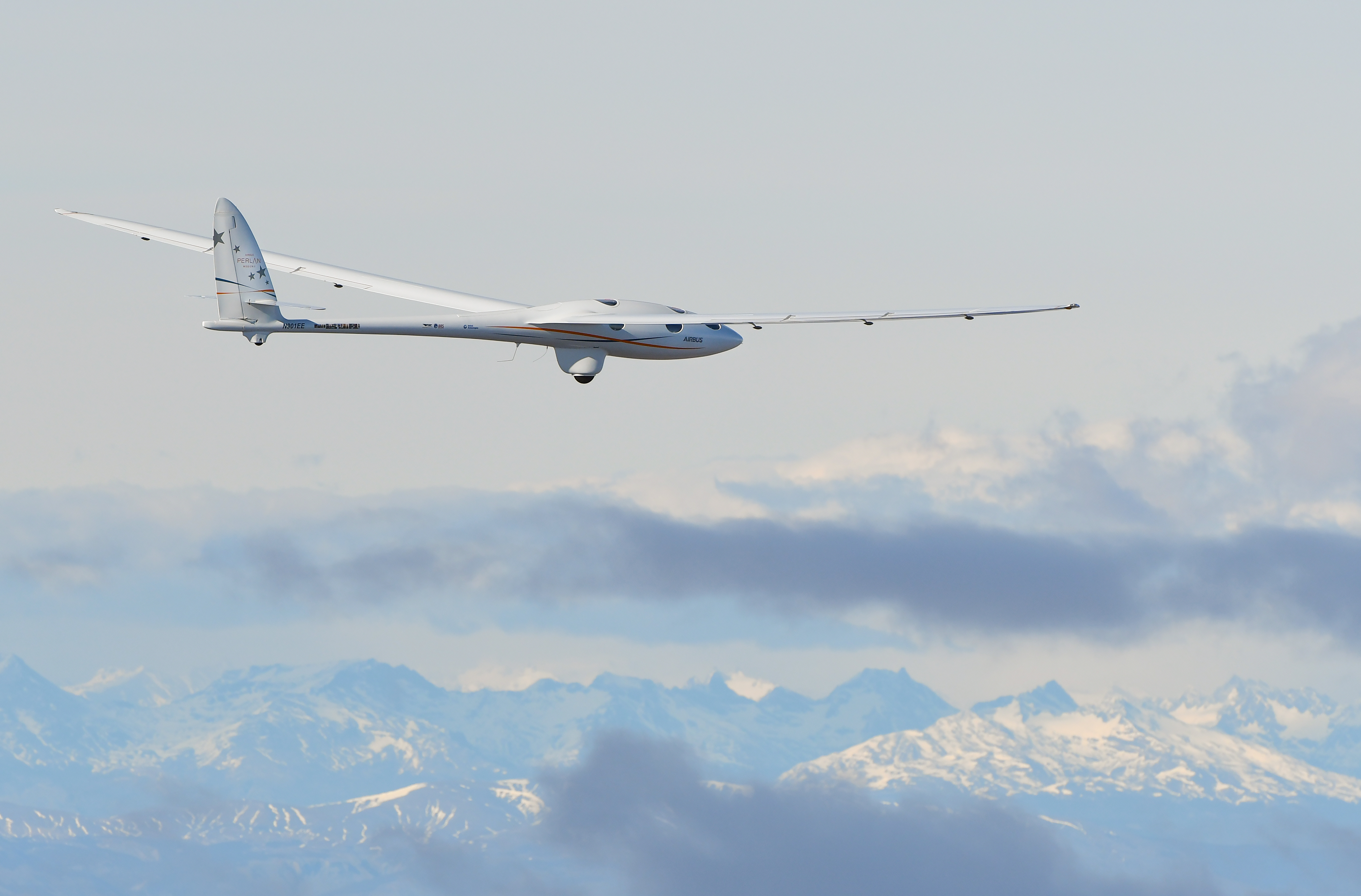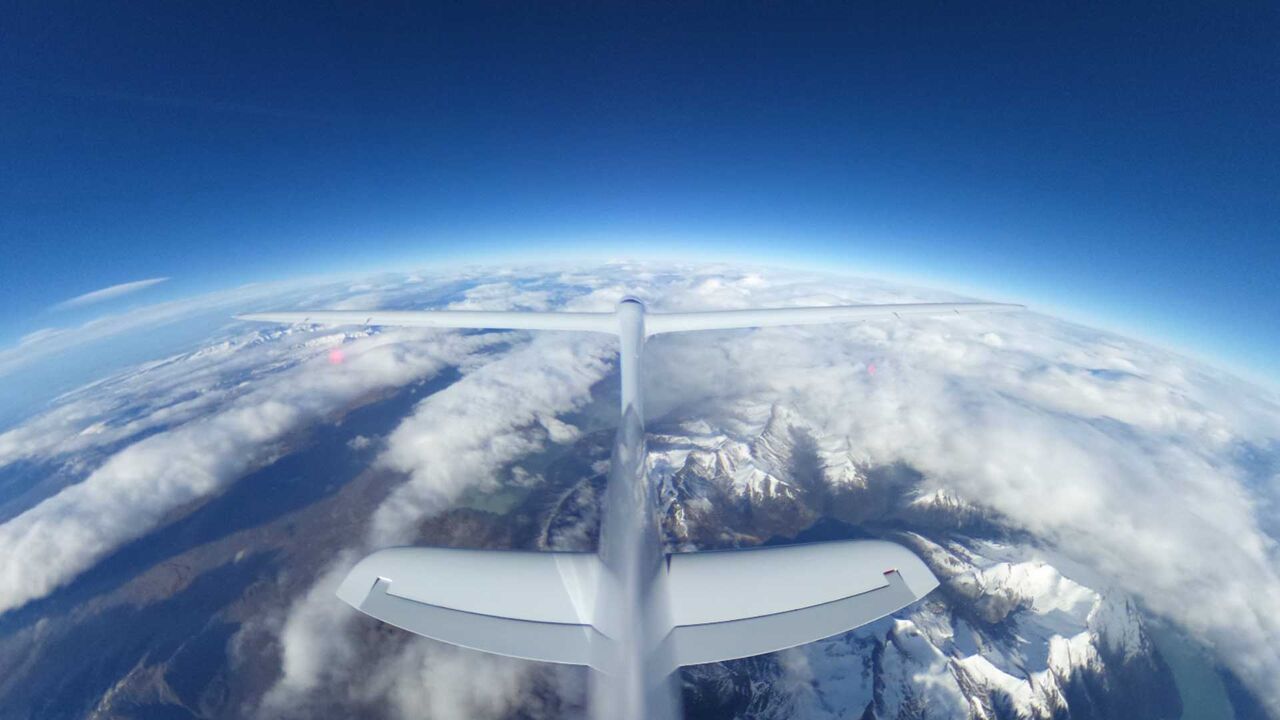
(Credit: Perlan Project)
Now in its second season of testing near the Patagonian city of El Calafate, the Perlan 2 team is aiming to eclipse the current world gliding altitude record of 50,727 feet. That milestone was set in 2006 by Einar Enevoldsen and the late Steve Fossett, flying the Perlan 1 glider.
As well as making an attempt at the record, Perlan 2 has been designed to collect scientific data on the Earth’s atmosphere, without the distorting presence of engines. It’s hoped the information it collects can provide insights on climate change, weather and high-altitude flight.
“Just last month the world witnessed another reminder of the importance of understanding climate change, with the fracture from the Antarctic ice shelf of an iceberg the size of the state of Delaware,” said Perlan Project CEO Ed Warnock.
“Airbus Perlan Mission II will allow us to study a range of atmospheric phenomenon that ultimately will give us more accurate models of our upper atmosphere and the climatic changes that matter to every world citizen.”

(Credit: Perlan Project)
According to the team, El Calafate is one of only a few places on Earth where a combination of mountain winds and the polar vortex create the world’s highest “stratospheric mountain waves”. Perlan 2 can ride these up-currents to the edge of space, with a pressurised cabin protecting its pilots. Unlike a weather balloon, the glider can be steered, can stay in one area, and can take off and land from the same location. Flight data should also help Airbus to understand the impact of high altitude turbulence and radiation effects on pilots and aircraft.
“As demand for air travel rises, and we are faced with questions about how to safely and more efficiently transport a growing population, the insights that Airbus Perlan Mission II will be collecting are invaluable,” said Allan McArtor, chairman of Airbus Americas.
“Perlan’s discoveries will help us shape the future of aerospace with innovations related to design and engineering, more efficient air travel and even aviation science related to travel on Mars.”




Project to investigate hybrid approach to titanium manufacturing
What is this a hybrid of? Superplastic forming tends to be performed slowly as otherwise the behaviour is the hot creep that typifies hot...